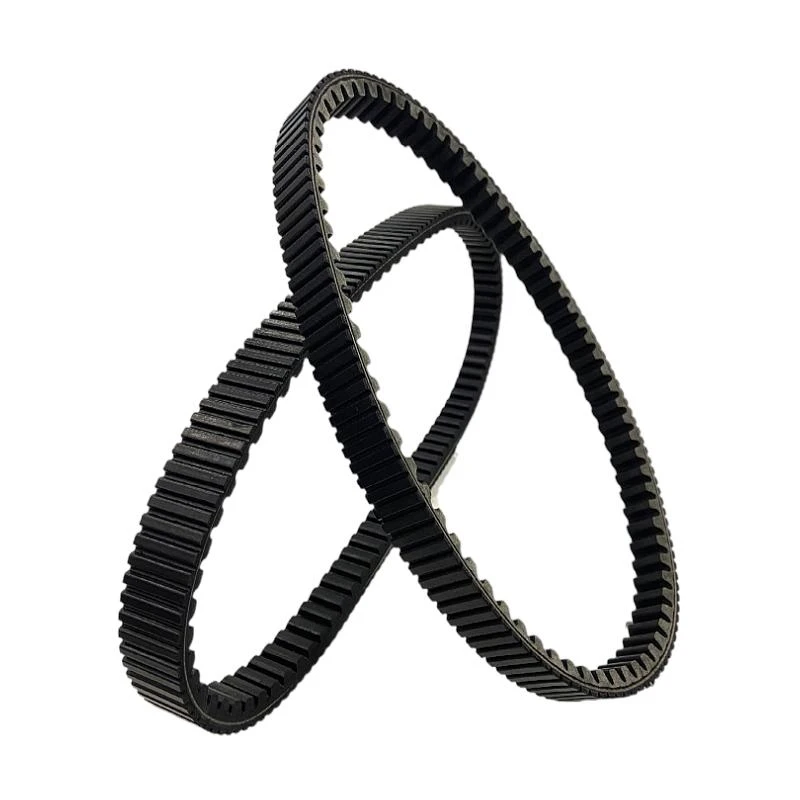- Arabic
- French
- Russian
- Spanish
- Portuguese
- Turkish
- Armenian
- English
- Albanian
- Amharic
- Azerbaijani
- Basque
- Belarusian
- Bengali
- Bosnian
- Bulgarian
- Catalan
- Cebuano
- Corsican
- Croatian
- Czech
- Danish
- Dutch
- Afrikaans
- Esperanto
- Estonian
- Finnish
- Frisian
- Galician
- Georgian
- German
- Greek
- Gujarati
- Haitian Creole
- hausa
- hawaiian
- Hebrew
- Hindi
- Miao
- Hungarian
- Icelandic
- igbo
- Indonesian
- irish
- Italian
- Japanese
- Javanese
- Kannada
- kazakh
- Khmer
- Rwandese
- Korean
- Kurdish
- Kyrgyz
- Lao
- Latin
- Latvian
- Lithuanian
- Luxembourgish
- Macedonian
- Malgashi
- Malay
- Malayalam
- Maltese
- Maori
- Marathi
- Mongolian
- Myanmar
- Nepali
- Norwegian
- Norwegian
- Occitan
- Pashto
- Persian
- Polish
- Punjabi
- Romanian
- Samoan
- Scottish Gaelic
- Serbian
- Sesotho
- Shona
- Sindhi
- Sinhala
- Slovak
- Slovenian
- Somali
- Sundanese
- Swahili
- Swedish
- Tagalog
- Tajik
- Tamil
- Tatar
- Telugu
- Thai
- Turkmen
- Ukrainian
- Urdu
- Uighur
- Uzbek
- Vietnamese
- Welsh
- Bantu
- Yiddish
- Yoruba
- Zulu
නොවැ. . 02, 2024 06:30 Back to list
v belt flat belt
Understanding V-Belts and Flat Belts Key Components in Power Transmission
In the world of mechanical engineering, power transmission is a fundamental aspect that affects operational efficiency and productivity. Among the various components used to transmit power, V-belts and flat belts stand out due to their distinct characteristics and applications. This article aims to explore the differences, uses, and advantages of both types of belts.
V-Belts Efficiency and Performance
V-belts, characterized by their trapezoidal cross-section, are designed to fit into the grooves of pulleys. This unique shape enhances the friction between the belt and the pulley, allowing for improved power transmission efficiency. V-belts are commonly used in applications where high torque and speed are essential, such as in automotive engines, industrial machinery, and agricultural equipment.
One of the primary advantages of V-belts is their ability to operate smoothly and quietly. The design minimizes slippage, enabling the belt to maintain a strong grip on the pulley even under significant load. This not only improves performance but also prolongs the life of both the belt and the pulley. Additionally, V-belts tend to be more compact than flat belts, making them ideal for applications with space constraints.
However, V-belts do have their limitations. They are more susceptible to heat and environmental factors, such as moisture and oil. Proper tension and alignment are crucial for optimal performance; if not correctly adjusted, V-belts can wear out quickly or even snap, leading to costly downtime.
v belt flat belt

Flat Belts Simplicity and Versatility
In contrast, flat belts have a simple rectangular cross-section and are primarily used in lighter loads and applications requiring long distances between pulleys. They offer versatility in terms of the types of materials used, ranging from leather to modern synthetic materials, which can enhance their durability and performance.
Flat belts excel in scenarios where the speed of transmission is a critical factor. They are typically employed in conveyor systems, textile machinery, and various industrial applications. One of the main advantages of flat belts is their ability to handle high speeds while maintaining low noise levels. Additionally, flat belts can be easily replaced and require less maintenance compared to V-belts.
However, flat belts tend to have lower friction coefficients than V-belts, which can result in slippage under heavy loads. This can limit their use in high-torque applications where precise power transmission is necessary. Moreover, the lack of a defined groove may cause flat belts to drift off-center, requiring a more comprehensive alignment process during installation.
Conclusion
Both V-belts and flat belts play crucial roles in power transmission across various industries. V-belts are preferred for high-torque applications due to their superior grip and compact design, while flat belts are ideal for high-speed and lighter load scenarios. Understanding the specific requirements of an application is essential for selecting the appropriate belt type, which can significantly influence the efficiency and longevity of machinery. As technology progresses, innovations in materials and design continue to enhance the performance of both types of belts, making them indispensable in the realm of mechanical engineering.
-
Korean Auto Parts Timing Belt 24312-37500 For Hyundai/Kia
NewsMar.07,2025
-
7PK2300 90916-T2024 RIBBED BELT POLY V BELT PK BELT
NewsMar.07,2025
-
Chinese Auto Belt Factory 310-2M-22 For BMW/Mercedes-Benz
NewsMar.07,2025
-
Chinese Auto Belt Factory 310-2M-22 For BMW/Mercedes-Benz
NewsMar.07,2025
-
90916-02660 PK Belt 6PK1680 For Toyota
NewsMar.07,2025
-
drive belt serpentine belt
NewsMar.07,2025

